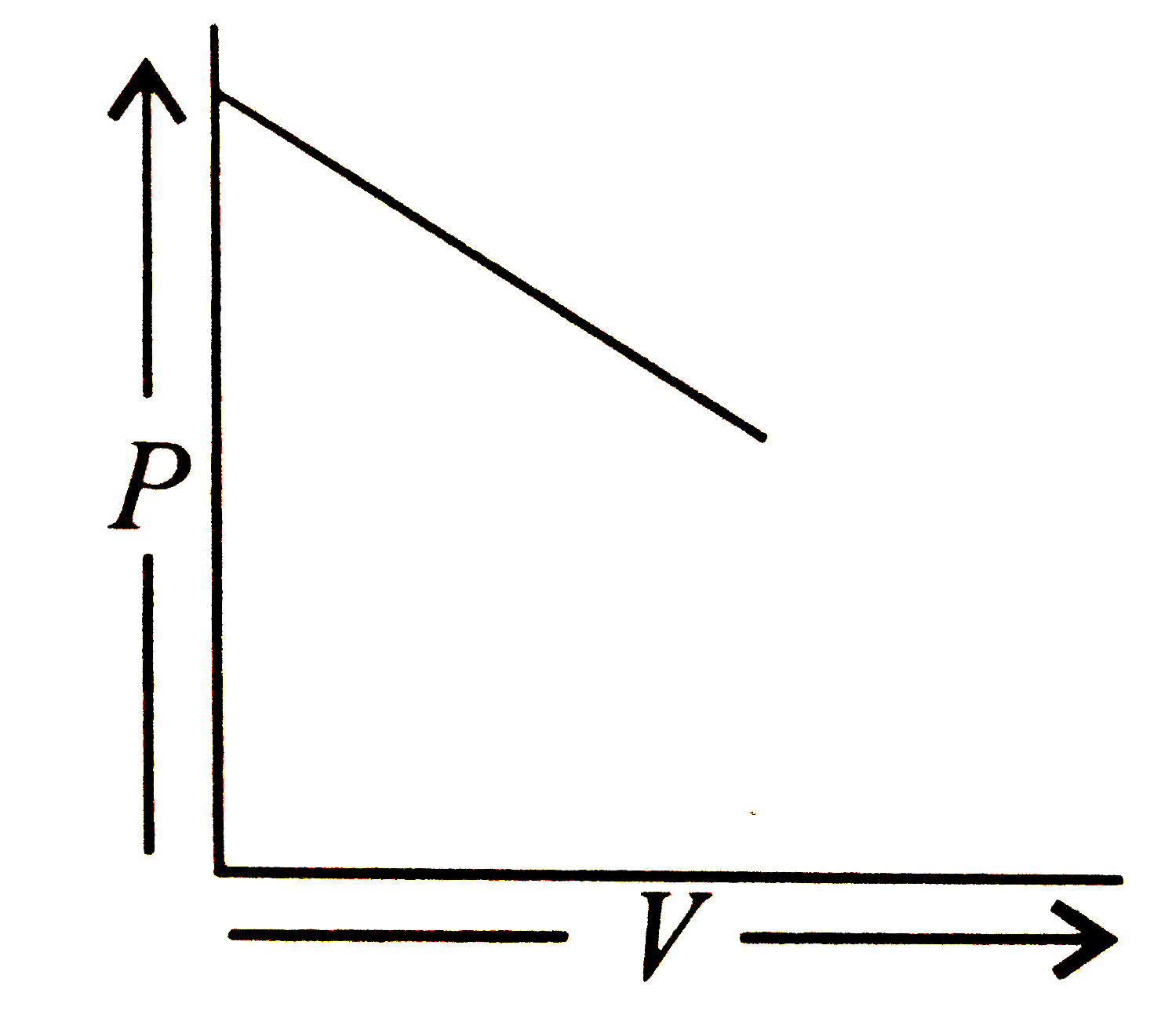Which of the following is not according to the pauli exclusion principal ?



a and b both
To determine which of the given diagrams does not adhere to the Pauli Exclusion Principle, we need to first understand the principle itself.
1. Understand the Pauli Exclusion Principle:
- The Pauli Exclusion Principle states that no two identical fermions (in this case, electrons) can occupy the same quantum state within a quantum system. This means that in an atom, no two electrons can have the same set of quantum numbers.
2. Identify the Rules:
- There are two key rules derived from the Pauli Exclusion Principle:
- Rule 1: No more than two electrons can occupy the same orbital.
- Rule 2: If two electrons are in the same orbital, they must have opposite spins.
3. Analyze the Diagrams:
- Diagram A: Check if it has two electrons in the same orbital and their spins.
- If it shows two electrons in the same orbital but with the same spin, it violates the Pauli Exclusion Principle.
- Diagram B: Check if it has more than two electrons in the same orbital.
- If it shows three electrons in the same orbital, it violates Rule 1 of the Pauli Exclusion Principle.
- Diagram C: Check if it follows both rules.
- If it shows two electrons in the same orbital with opposite spins, it adheres to the principle.
4. Determine Which Diagrams Violate the Principle:
- Based on the analysis:
- Diagram A is discarded if it has two electrons with the same spin.
- Diagram B is discarded because it has three electrons in the same orbital.
- Diagram C is valid as it follows both rules.
5. Conclusion:
- The diagrams that do not follow the Pauli Exclusion Principle are A and B.
Final Answer:
The correct options that do not adhere to the Pauli Exclusion Principle are A and B.
---
- The Pauli Exclusion Principle states that no two identical fermions (in this case, electrons) can occupy the same quantum state within a quantum system. This means that in an atom, no two electrons can have the same set of quantum numbers.
- There are two key rules derived from the Pauli Exclusion Principle:
- Rule 1: No more than two electrons can occupy the same orbital.
- Rule 2: If two electrons are in the same orbital, they must have opposite spins.
- Diagram A: Check if it has two electrons in the same orbital and their spins.
- If it shows two electrons in the same orbital but with the same spin, it violates the Pauli Exclusion Principle.
- Diagram B: Check if it has more than two electrons in the same orbital.
- If it shows three electrons in the same orbital, it violates Rule 1 of the Pauli Exclusion Principle.
- Diagram C: Check if it follows both rules.
- If it shows two electrons in the same orbital with opposite spins, it adheres to the principle.
- Based on the analysis:
- Diagram A is discarded if it has two electrons with the same spin.
- Diagram B is discarded because it has three electrons in the same orbital.
- Diagram C is valid as it follows both rules.
- The diagrams that do not follow the Pauli Exclusion Principle are A and B.
The correct options that do not adhere to the Pauli Exclusion Principle are A and B.
Topper's Solved these Questions
- ATOMIC STRUCTUREBOOK - CENGAGE CHEMISTRY ENGLISHCHAPTER - ATOMIC STRUCTUREEXERCISE - Exercises (Subjective)
52 Videos
- ATOMIC STRUCTUREBOOK - CENGAGE CHEMISTRY ENGLISHCHAPTER - ATOMIC STRUCTUREEXERCISE - Exercises Linked Comprehension
50 Videos
- APPENDIX - INORGANIC VOLUME 1BOOK - CENGAGE CHEMISTRY ENGLISHCHAPTER - APPENDIX - INORGANIC VOLUME 1EXERCISE - chapter-7 Single correct answer
1 Videos
- CHEMICAL BONDING AND MOLECULAR STRUCTUREBOOK - CENGAGE CHEMISTRY ENGLISHCHAPTER - CHEMICAL BONDING AND MOLECULAR STRUCTUREEXERCISE - Archives Subjective
15 Videos
Similar Questions
Knowledge Check
Which of the following is according to Boyle's law?
A B
B C
C D
D
Which of the following according to Gandhiji, is an essential principle of satyagraha?
AInfinite capacity for sufferingBNon-violenceCTruthDAll of the aboveWhich of the following halides is not correct according to the name and classification?
ACH3CH2C(CH)2CH2I
1-Iodo-2, 2- dimethylbutane, Primary haloalkaneB(CH3)2CHCH(Cl)CH3
2-Chloro-3-methylbutane, Secondary haloalkaneCCH3C(Cl)(C2H5)CH2CH3
2- Chloro-2-ethylbutane, Secondary haloalkaneDCH3−CH2−CH3∣CH−Cl∣CH−CH2−CH3
3- Chloro -4-methylhexane, Secondary haloalkane
Which of the following violates the Pauli exclusion principle :-
View Solutionwhich of the following is not correct according to Bohr's effect?
View SolutionWhich of the following should be correct according to hund's rule ?

View SolutionWhich of the following is incorrect according to Dalton's atomic theory ?
View SolutionWhich of the following is arranged according to increasing basic strength?
View Solution
